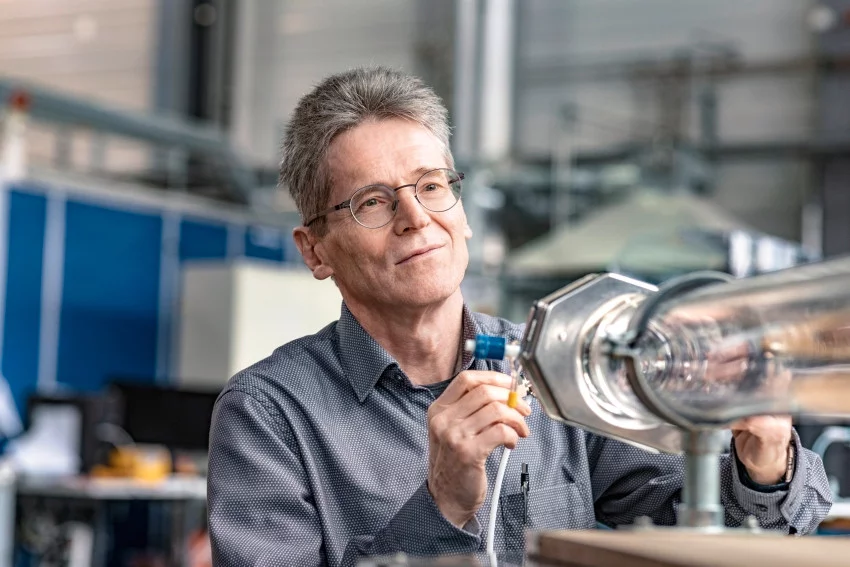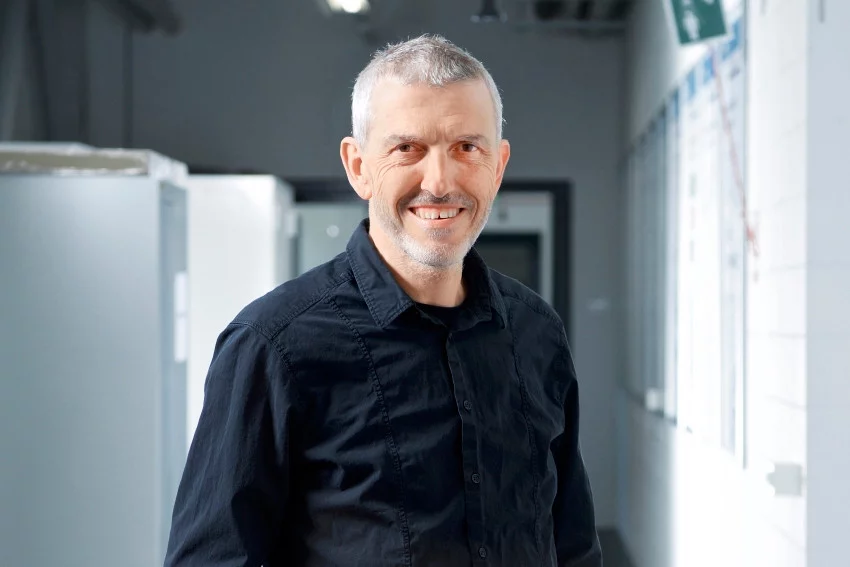In the research field “Geosciences”, 143 highly cited researchers were appointed worldwide this year, 7 of them from Switzerland, 2 of them from the Paul Scherrer Institute.
Clarivate, a database of all scientific publications, has published an annual list of “highly cited researchers” since 2014; it contains those researchers with the highest number of publications that are among the top 1% most cited papers in their respective research area and publication year in the web of science citation index. Switzerland holds the 10th place worldwide in terms of the number of highly cited researchers. It is interesting to note that the fraction of Swiss researchers on this list shrank by 0.7% since 2018 - this due to the fact that papers with more than 30 co-authors are now no longer included in the analysis.
Urs Baltensperger, former head of the Laboratory of Atmospheric Chemistry (LAC) and Andre Prevot, Group Head Gasphase and Aerosol Chemistry are both active in atmospheric research and are now among the "highly cited researchers" in the field of geosciences for the eighth consecutive year, thus having contributed significantly to their field. In their contributions, they focused on the topic of particulate matter (aerosols) and environmental pollution, in particular on which aerosol components are critical for pollution and to what extent.
"Currently, the WHO bases the standard for particulate matter on the assumption that only mass is significant," but it is worth looking more closely at the sources of fine particulate matter because different substances exhibit different levels of toxicity, says Baltensperger. One of their papers in "Nature" shows a possible approach to investigate the toxicity of particulate matter on a larger scale (using measurements and statistics). Processes in the atmosphere that have led to the high concentrations of particulate matter need to be better understood, in order to successfully reduce them. The smog chamber at PSI is a user facility that is designed for this purpose - it allows experiments to get to the bottom of the question "What are the formation processes of the various aerosol components and how are toxic are they?» The scientists have further found that half of the aerosol particles are only formed later, during their transformation in the atmosphere, which has a direct impact on climate. The scientists are studying this primarily through CLOUD – with a chamber at Cern in which the atmosphere and the influence of various factors on it are simulated.
Continuous publications are essential in order to obtain the title "highly cited researcher". This is also because only publications from the last 10 years count. Furthermore, the research should be relevant for other researchers, so that they cite these papers. Thus, the evaluation is more about the research being relevant to other researchers than about creating relevance for the public and policy makers. For the two PSI researchers, however, both aspects are very important - on the one hand, the research should be highly relevant for other researchers, with new methods and innovative approaches, but it should then also produce results that find application in politics and the public. A high degree of innovation is crucial anyway because "you have to be at the forefront", they explain.
Several aspects have contributed to their success, according to Baltensperger and Prevot: "Besides expertise, competence in the research area, and capacity," the main reason for LAC's success is the combination of field and laboratory work, which complement each other optimally. "Measurements are obtained in the field and then checked to see if they are reproducible under controlled conditions in the lab" says Prevot. In this way, the results are comprehensively studied and documented. Another factor is certainly international networking and collaboration. This is well illustrated by the smog chamber, LAC's in-house user facility, which attracts researchers from all over the world to experiment together, support each other with equipment, and collaborate.
Congratulations on this great success to our two brilliant researchers!
Text by Michelle Kalousek


